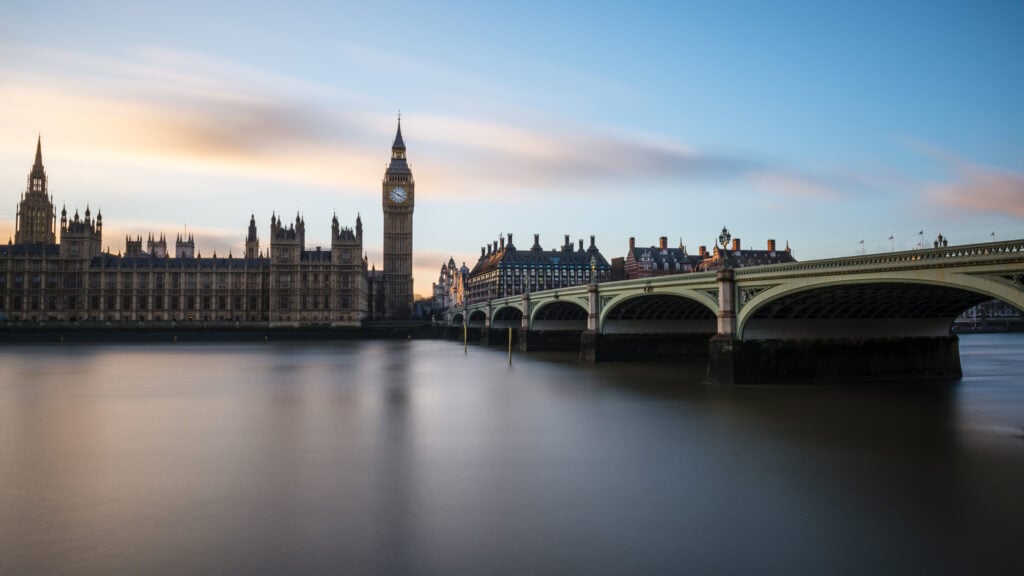The first installment of the Government’s Cost of Living Payment scheme will be provided in spring, with the first payment arriving as the Energy Bills Support Scheme (EBSS) comes to an end and bills surge.
Announced within chancellor Jeremy Hunt’s Autumn Statement in November, the Cost of Living Payment scheme is set to provide £900 for those on means-tested benefits, £300 to pensioner households and £150 to those on disability benefits.
This support was announced in addition to the wider energy bills supports schemes launched by the Government in 2022, including the Energy Price Guarantee and EBSS for domestic customers, and the Energy Bills Relief Scheme for non-domestic customers.
The EBSS is providing households with £400 across six months from October, to limit the impact of the surging power prices amongst other cost of living crisis strains.
Meanwhile, the Energy Price Guarantee is capping domestic energy bills at a rate of 34.0p/kWh for electricity and 10.3p/kWh for gas, inclusive of VAT, from 1 October. This is designed to keep the average households energy bills to £2,500.
This too is set to change from Spring, increasing to £3,000 a year for the average household from 31 March, further straining household budgets. For example, the Default Tariff Price Cap for last winter was £1,277 and for the six months from last April it was £1,971.
“I know these are tough times for families across the UK who are struggling to meet rising food and energy costs, driven by the aftershocks of Covid and Putin’s war in Ukraine,” said Chancellor of the Exchequer Jeremy Hunt as the Department for Work and Pensions (DWP) released the timeline for the Cost of Living Payment scheme.
“That’s why we’re putting a further £900 into the pockets of over 8 million low income households next year. These payments are on top of above inflation increases to working-age benefits and the Energy Price Guarantee, which is insulating millions from even higher global gas prices.
“Tackling inflation is this government’s number one priority and is the only way to ease the strain of high prices, drive long term economic growth and improve living standards for everyone.”
While the exact payment windows are still yet to be confirmed, the spread across the coming year will be:
- £301 – First Cost of Living Payment – during Spring 2023
- £150 – Disability Payment – during Summer 2023
- £300 – Second Cost of Living Payment – during Autumn 2023
- £300 – Pensioner Payment – during Winter 2023/4
- £299 – Third Cost of Living Payment – during Spring 2024
Those eligible for the support will include those on Universal Credit, Income-based Jobseekers Allowance, Income-related Employment and Support Allowance, Income Support, Working Tax Credit, Child Tax Credit and Pension Credit.
“We are sticking by our promise to protect the most vulnerable and these payments, worth hundreds of pounds, will provide vital support next year for those on the lowest incomes,” said work and pensions secretary, Mel Stride.
“The government’s wider support package has already helped more than eight million families as we continue to deal with the global consequences of Putin’s illegal war and the aftershocks of the pandemic.”
The DWP noted that the Energy Price Guarantee is expected to save the average household around £900 this winter, as well as £500 in 2023/24 at its increased rate.






